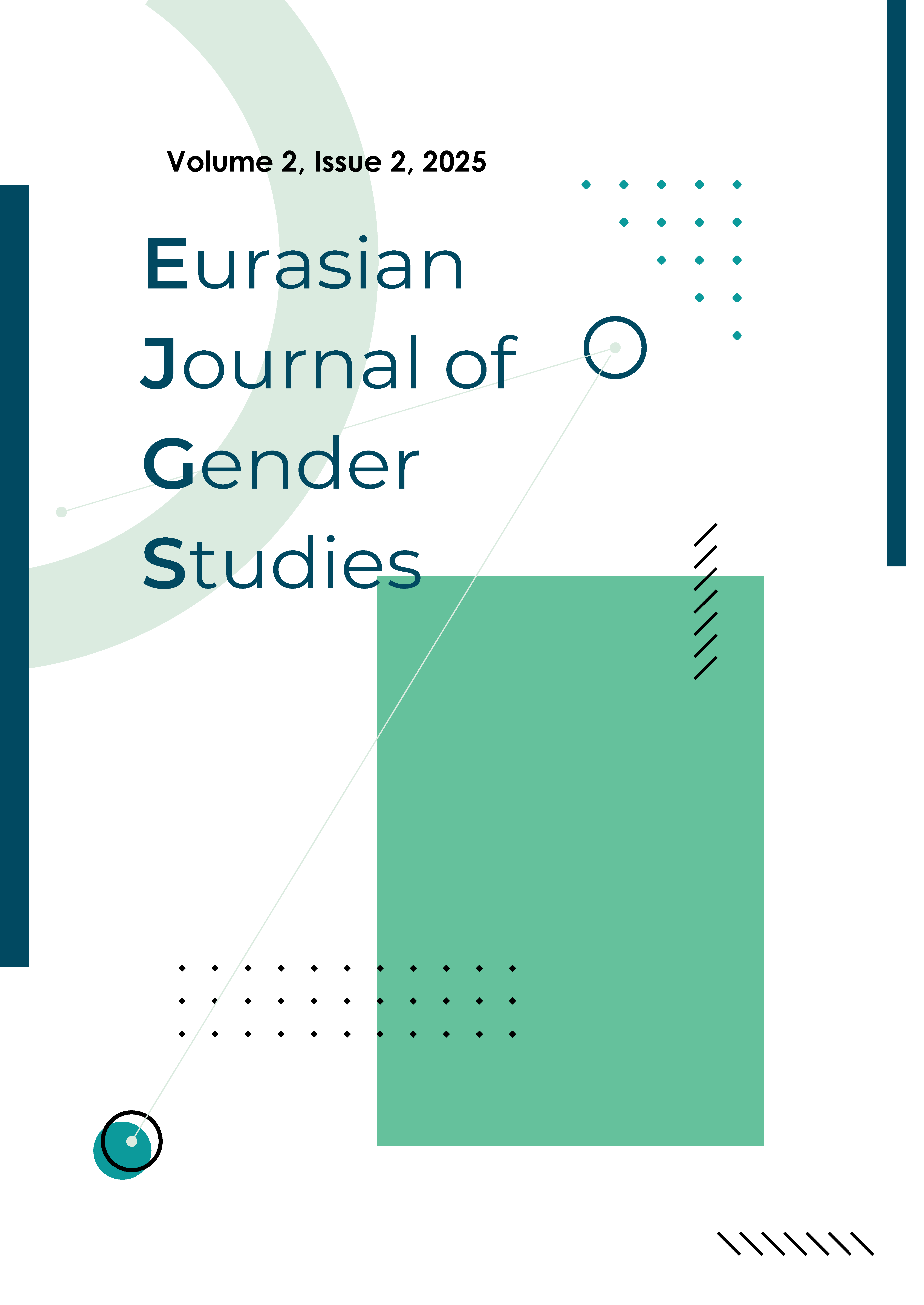Dynamics of Social Inequality and Tax Policy in Kazakhstan: A Correlation Approach
DOI:
https://doi.org/10.47703/ejgs.v2i2.47Keywords:
Social Policy, Social Inequality, Welfare Economics, Economic Sustainability, Gender Gap, Unemployment Rate, Poverty RateAbstract
The current challenges of Kazakhstan's socio-economic development require a comprehensive analysis of the dynamics of key social indicators and their impact on economic sustainability. The purpose of this study is to quantify the relationship between indicators such as unemployment rate, Gini coefficient, poverty rate, and quality of life index, and to study their dependence on tax policy. Correlation analysis was used as the primary analytical method, supplemented by regression modelling, which enabled the identification of the strength and direction of relationships between variables. The study used official statistical data from the Bureau of National Statistics for 2014-2024, including time series of socio-economic indicators and tax burden parameters. The results show a significant negative correlation between the tax burden and the Gini coefficient (r = -0.93), indicating a possible increase in inequality with lower taxes. An increase in the Gini index is also positively correlated with GDP growth (r = 0.63). This highlights the structural asymmetry in income distribution in relation to economic development. However, the most surprising finding was the positive correlation between the Gini and quality of life indices (r=0.81). This indicates that aggregated measures of well-being may not always reflect uniform access to social benefits. The study also revealed persistent gender wage inequality, with an average gap of 30% favoring men, particularly in occupational health and financial fields. Future research is expected to focus on an in-depth analysis of the spatial distribution of inequality, its impact on regional policy, and the development of more sensitive social justice indicators.
Downloads
Published
How to Cite
Issue
Section
License
Copyright (c) 2025 Eurasian Journal of Gender Studies

This work is licensed under a Creative Commons Attribution 4.0 International License.

